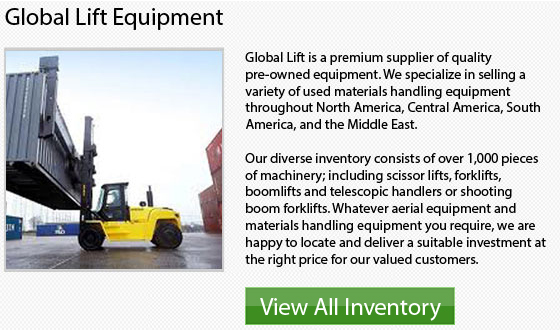
The counterbalanced lift truck is a lift truck that utilizes a counter balance that is connected to the rear end of the machine. This counterbalance effectively balances loads that are positioned on the forks at the front end of the machinery. This specific design is engineered to stabilize traditional lift trucks. When it comes to electric counterbalance forklifts, the counterweight is formed by the battery itself.
Counterbalance lift trucks could often be found in every manufacturer's product range. They are typically manufactured in a variety of configurations and sizes, utilizing a range of fuel sources. These forklifts can be outfitted. They could operate in diverse applications. These types of forklifts are outfitted with various types of accessories. Common options and attachments consist of: hydraulic clamps, side shifts, slip sheet attachments and fork shifts just to name some items.
Counterbalance forklifts have changed the material handling industry. They have become the cornerstone of storage and distribution systems where they perform stacking, loading, unloading and horizontal transport functions. The average warehouse lift trucks are usually used for lift heights under 6 meters or 20 feet. There have been some units recently developed which could lift to heights 31 feet or 9.5 meters. The smaller 4000 lbs. or 1-1.8 ton forklifts are the main workhorses inside most warehouses. These are the most common units that the majority of small companies will have. The standard warehouse counterbalance forklift is really a wide-aisle truck which requires about 11 feet or 3 meters to turn in.
In addition, the counterbalanced lift truck is not necessarily limited to warehouse settings. They are normally utilized for container carrying and heavy use along with basically every application in between. Counterbalance forklifts are the most versatile and widely utilized of all materials handling machines.
The counterbalanced lift truck is common in numerous working environments, like warehousing, production and retail. This is due to their durability and versatility. Some of the industrial use comprise: food, chemical, timber and automotive businesses.